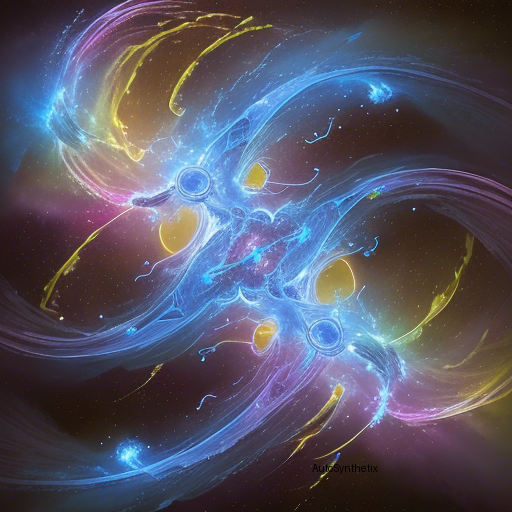Introduction
As humankind continues its quest into the vast frontier of outer space, technological advancements have rapidly transformed traditional notions surrounding satellite capabilities. One such exciting development lies at the intersection of artificial intelligence (AI) and low Earth orbit (LEO) satellite networks – a field aptly coined 'Space AI.' A recent breakthrough published in PerCom 2024 conference delves deep into creating efficient federated LEO satellite learning systems, paving the way towards transformative changes in the future of space exploration data processing.
Overcoming Challenges in Federating LEO Satellite Learning Systems
Harnessing the full potential of LEO satellite constellations demands overcoming several significant obstacles. Primarily, these involve ensuring feasible implementation, optimizing learning efficiencies, and achieving effective convergence within the system. Problems arise due to the restrictive nature of satellite-to-ground station communications, characterized by intermittent connections and unpredictable bandwidth availability. Moreover, the inherently limited computational power available on satellite edge nodes further complicates matters.
Introducing the Novel Framework - PERSISTENT LEARNING IN THE EDGE OF SPACE (PLIES)
To address these concerns, researchers Mohamed Elmahallawy, Tie Luo, et al., propose PLIES - a Persistent Learning Infrastructure for Satellites Through Intelligent Edge Solutions architecture. Designed explicitly for LEO satellite constellations, PLTIES aims to revolutionize how we conceive of distributed learning paradigms in space environments. Key elements of their innovative design entail two critical strategies: Personalized Learning Via Divide And Conquer, and Orbital Model Retraining.
Personalized Learning Via Divide And Conquer Strategy
This strategy focuses primarily on streamlining the handling of massive datasets generated by multiple LEO satellites during their orbits. By employing a Divide-And-Conquer approach, the system effectively filters out duplicities among captured satellite images. Furthermore, instead of tackling intricate multinomial classifications, the method simplifies the problem into binary categorizations. As a result, less resource-intensive Lightweight Machine Learning Models become viable options to process data on low-powered edge devices present aboard the satellites.
Orbital Model Retraining Technique
Another vital component of PLTIES involves the concept of Orbital Model Retraining. Here, the system accumulates local observations made throughout individual satellite passes across different orbits. Subsequently, an aggregate "orbital model" gets trained per orbit, markedly decreasing the number of necessary communication rounds between the satellites and terrestrial receiving centers. This strategic move considerably improves overall network performance without compromising data integrity.
Experimental Validation Of Plties Efficacy
Researchers employed realistic conditions simulating actual LEO satellites, utilizing a Jetson Nano platform as a surrogate for satellite edge computing resources. Employing genuine satellite image sets, they demonstrated the remarkable success achieved by implementing the proposed framework. Compared to conventional methods, PLTIES reduced Federation Learning convergence periods drastically by almost threefold, slashed satellite energy usage to mere 1.38 Watt levels, maintained a high precision level of up to 96%, all while operating lightweight ML models on authentic high-definition satellite photographs.
Conclusion - Ushering New Horizons For Space Exploration Data Processing
The ingenious PLTIES proposal signposts a new era whereby the seemingly disparate domains of Artificial Intelligence, space technology, and computer science harmoniously merge into one symbiotic whole. With ever-evolving advancements propelling us deeper into the cosmos, solutions like PLTIES ensure we harness every opportunity presented by emerging technologies to unlock previously untapped potential in both scientific discovery endeavors and practical applications benefiting humanity back home on planet Earth. ]\\]
Source arXiv: http://arxiv.org/abs/2401.15541v2
